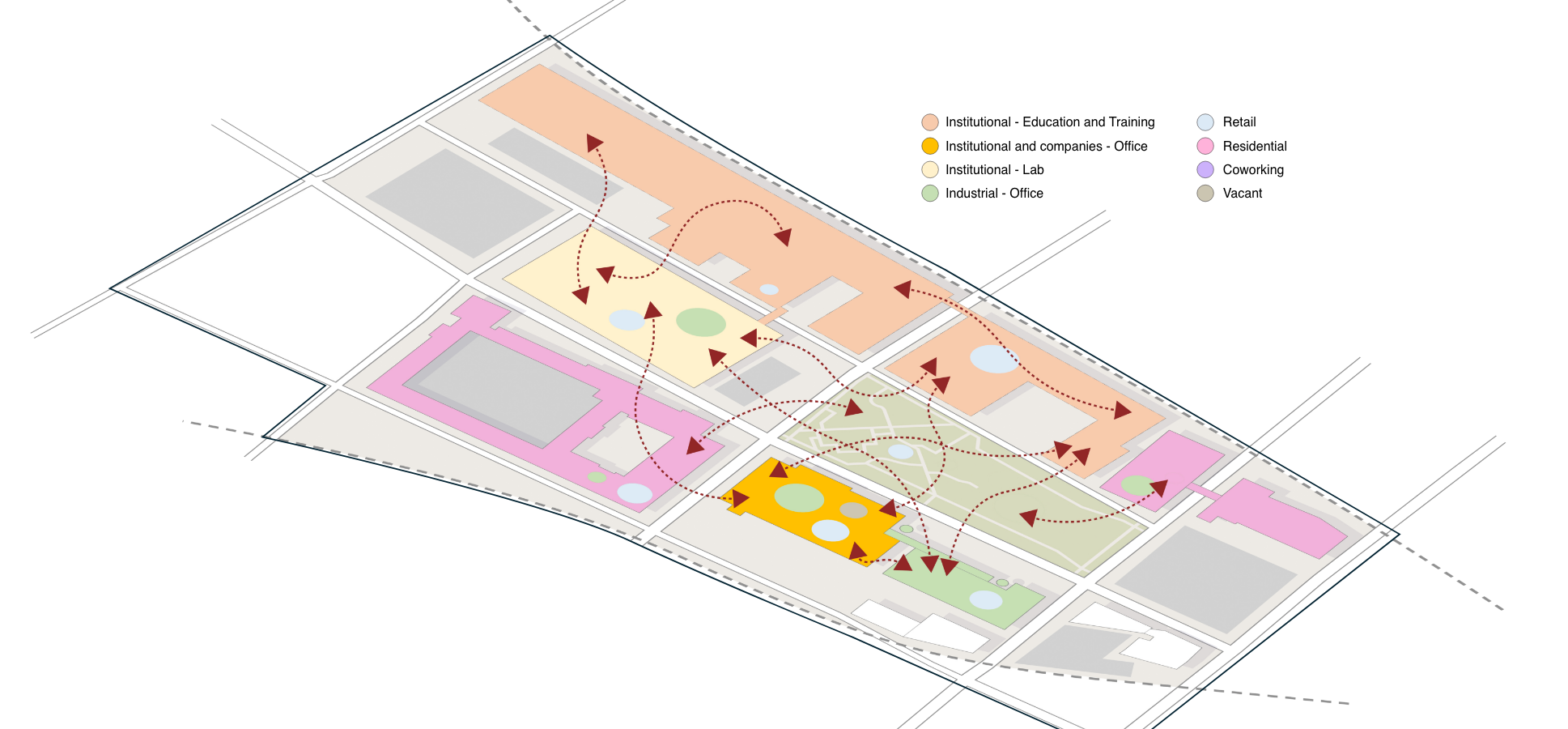Innovation Districts and the Centrality of Land explores the transformative role of land use in enabling innovation districts to take on ‘wicked problems’ such as climate change, infectious diseases and social inequities within their regions.
The scope and complexity of district ambitions require district leaders to engage, or “pull”, as many levers as possible. Typically, they strive to secure university and institutional backing, new corporate partnerships, advocate for supportive public policies, develop a catalytic infrastructure and establish a well-structured base of financial resources.
However, few levers have as broad an impact and possess the same transformative power as land. Land, in particular how land is used, is a key factor enabling innovation districts to realize their ambitions both large and small.
Yet, evidence from more than 50 innovation districts shows that land is not a lever that many district leaders deploy. Very few districts hold strategic discussions early in their development process to hear their ideas from core landowners and shape a common vision. Land, in other words, is not being actively tied to governance.
Tying land to governance
Innovation Districts and the Centrality of Land is part of a series developed by The Global Institute on Innovation Districts to help districts organize for success. Research Brief 1, Why Governance Matters, identifies seven factors contributing to effective governance. One of the seven factors revolves around tying land to governance.

This paper, Research Brief 2, explores the centrality of land in both the transformation of districts and how they are effectively governed to advance specific ambitions. It lays out how to successfully harness land and tactics for making it an effective lever of transformative change, providing examples from research.
When land is connected to districts’ governance, the power of land is magnified.
Julie Wagner, Founder, The Global Institute on Innovation Districts
What to expect from this paper
Innovation Districts and the Centrality of Land seeks to influence how district leaders view land from the very beginning of their initiatives by exploring how it is intricately linked to different forms of district governance. This paper also aims to aid those far removed from land planning, facilities planning, real estate development and real estate finance in understanding that land is a tool that all leaders should focus on.
Specifically, the paper outlines seven distinct strategies innovation districts should consider as they evaluate how to ensure land is a true enabler of ambitions rather than a space for simple real estate deals.
One strategy, for example, is to vest land under the entity responsible for advancing the district vision and mission. To support districts understand how to accomplish this, the paper lays out four short case studies with sufficient detail.
Research Inquires
For questions about this research, please contact:
Julie Wagner, President, The Global Institute on Innovation Districts at jwagner@giid.org.
General Inquires
For general inquiries about GIID, please contact us at info@giid.org.
